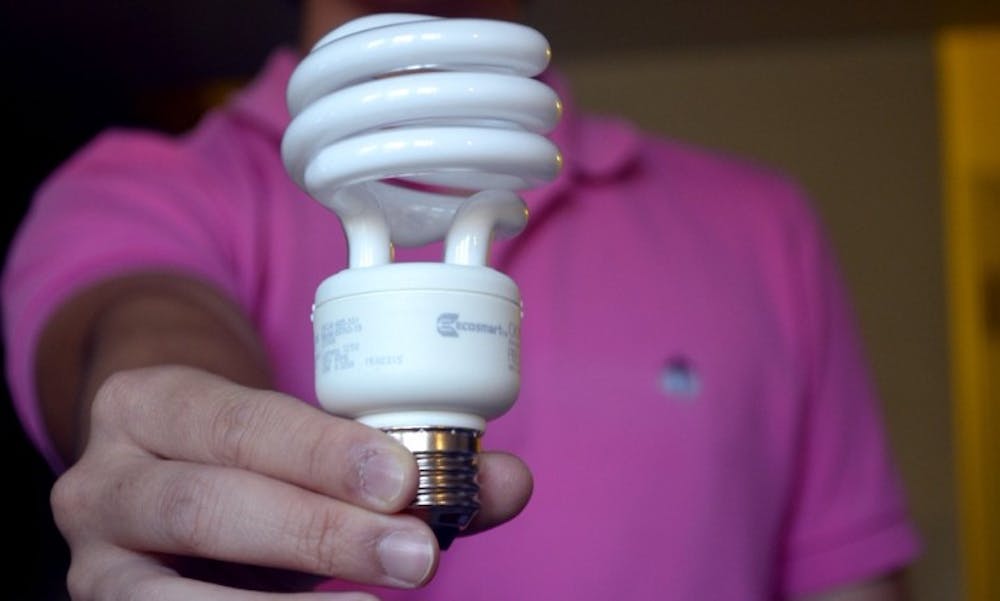
Wharton sophomore Shane Goldstein and College sophomore Abigail Waugh ran around Penn's campus last fall collecting signatures for a petition. They believed that Penn could power its campus with 100 percent renewable energy by 2030. One year and 2,500 signatures later, they still believe that Penn can achieve this, but the only problem is convincing the administration.
Goldstein and Waugh are co-founders of The Climate Reality Project at Penn, an offshoot of The Climate Reality Project, a nonprofit organization founded in 2011 by Al Gore. Penn’s chapter is one of many at universities across the nation, and it organizes events for Climate Reality staff to educate and train college students.
The campus chapters build plans with university administrations to work towards carbon neutrality. The ultimate goal of every chapter is a pledge from administrators to power their campus with 100 percent renewable energy by 2030.
In 2016, Drexel University President John Fry made the pledge with Drexel’s chapter, outlining a 14-year plan to reach the goal.
Goldstein and Waugh both agreed their mission is different from that of Fossil Free Penn, which advocates for complete divestment from the fossil fuel industry. This semester, FFP has staged two silent protests during University Board of Trustees meetings. On Nov. 3, over sixty students marched with FFP members into the Trustees meeting at The Inn at Penn.
“Our original goal was always to be that moderate voice in saying that we understand that divestment is something that involves economic repercussions and conflicts with board members, but actually reducing fossil fuel usage here on campus is doable, which is evidenced by the fact that Penn is attempting to do it,” Goldstein said. “But, it can still do it faster.”
The co-founders said they hope to work with Penn’s administration.
“I think that entire purpose of what we were intending to do with [the organization] from the beginning was just acknowledging that yes, grass roots and student movements are very effective in enacting change,” Goldstein said. “But if you’re going to ostracize administration then nothing will be successful.”
Waugh said she met with Penn’s Sustainability Office last week to discuss the University’s carbon-reduction timeline. Penn’s carbon reduction timeline outlines an 18 percent reduction in emissions from 2014 levels before 2042, according to the University’s Climate Action Plan 2.0. This target only applies to emissions from utilities and operations.
“It’s hard being an urban campus,” Goldstein said. “But, Drexel, our neighbor, has already made a commitment to this, and they are significantly ahead in the process.”
Penn is one of the largest purchasers of Renewable Energy Credits among American universities, according to the University’s website. This means that although Penn is buying the right to emit more carbon dioxide, the money Penn pays to buy the credits is invested into renewable energy projects. Waugh said that she believes the University is doing a lot to make progress, but the Climate Reality Project aims to accelerate that progress.
For the first six months after founding the organization last fall, Goldstein and Waugh were the only members of the Climate Reality Project at Penn. The goal of the organization is now to get over 50 percent of students to sign the petition and to continue recruiting members.
“We’re simply attempting to make it so that students are not forced into living lives where they’re reliant upon fossil fuels, when they don’t want to be,” Goldstein said.
The Daily Pennsylvanian is an independent, student-run newspaper. Please consider making a donation to support the coverage that shapes the University. Your generosity ensures a future of strong journalism at Penn.
Donate




